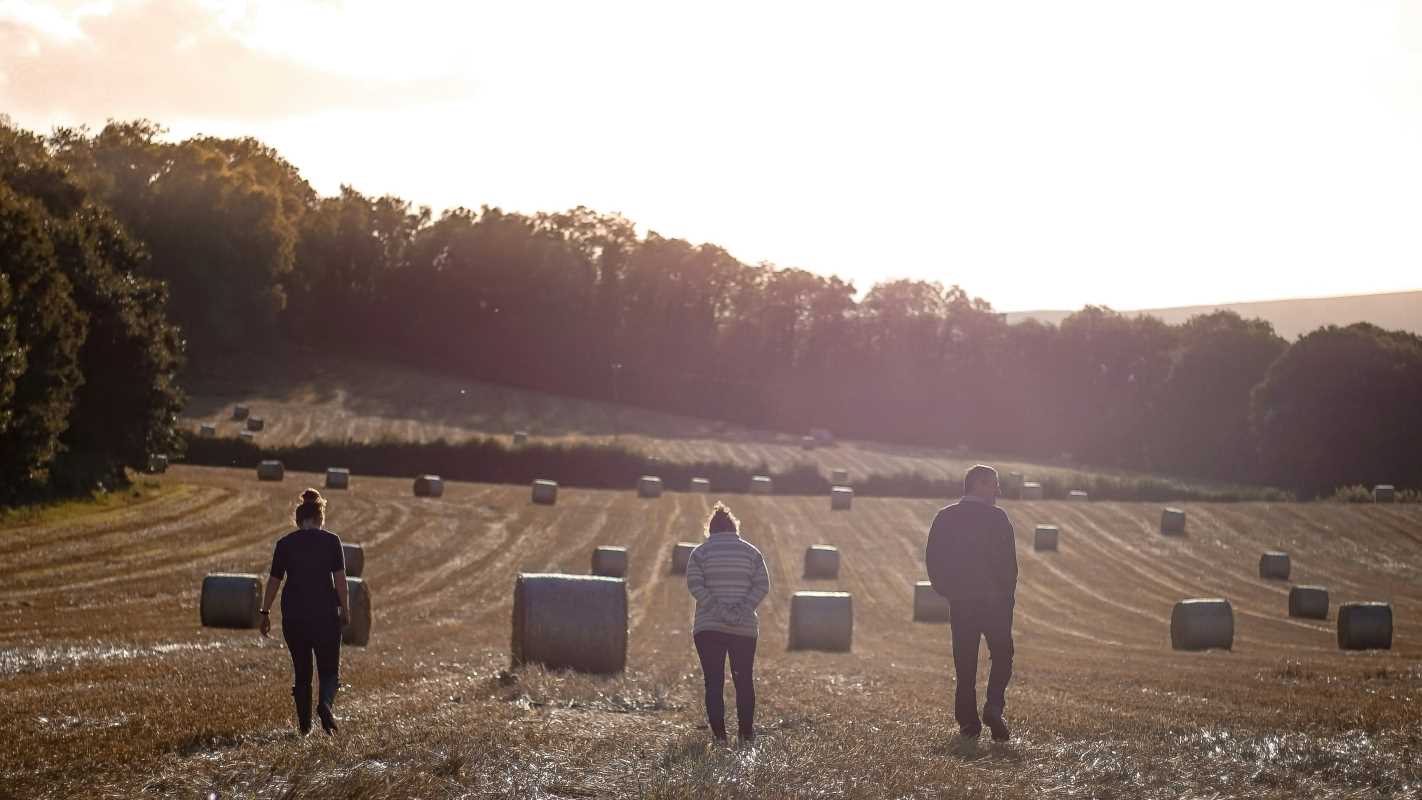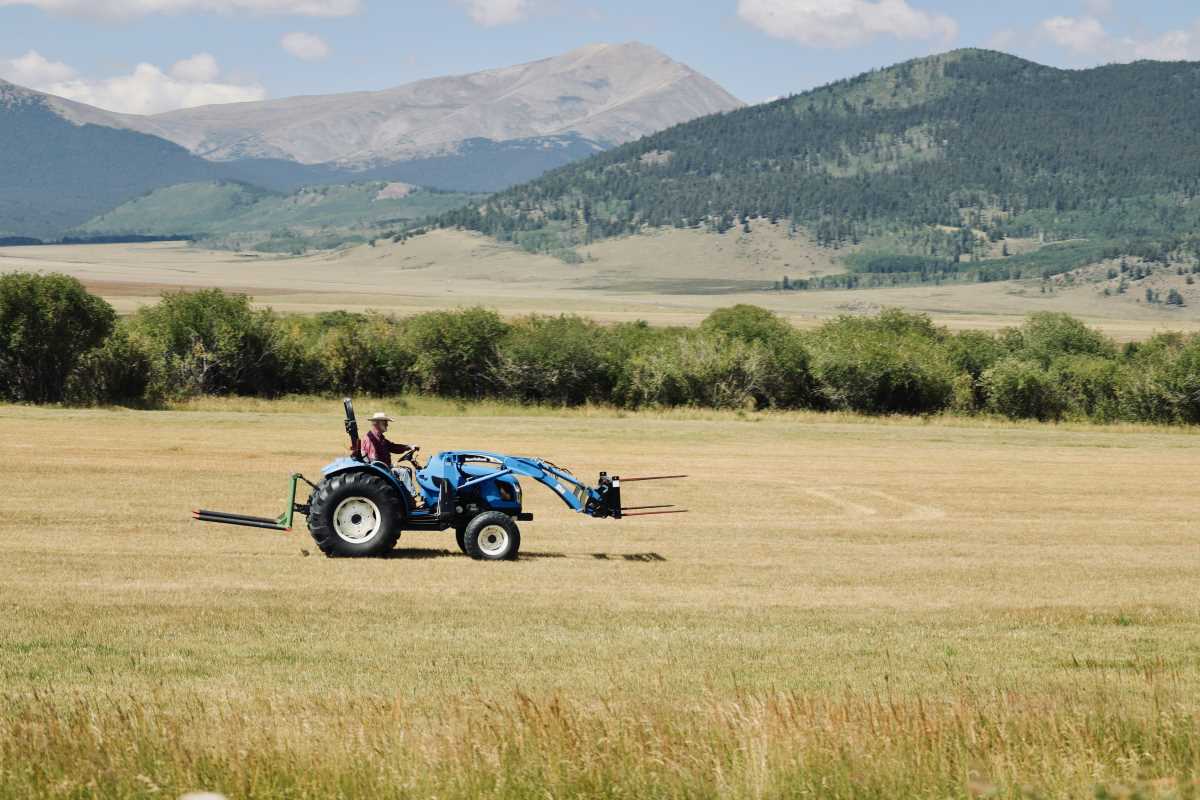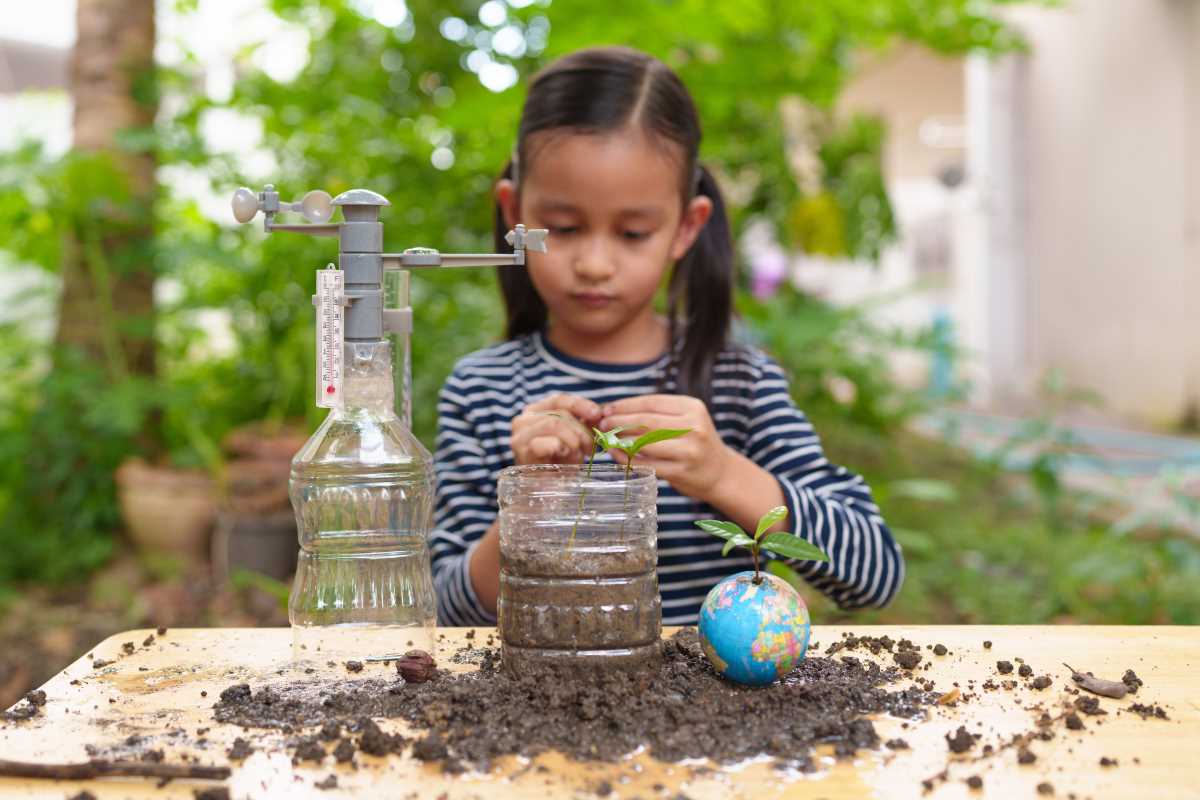Healthy fruit-bearing trees reward you with delicious harvests and a beautiful landscape. This guide shares straightforward advice for tending to your trees, including how regular trimming and helpful workshops can make a real difference. Learn how simple actions reduce unnecessary waste and encourage stronger, more productive growth. By following these clear and actionable suggestions, you support your trees through every season and set the stage for plentiful, ripe fruit in the years to come.
Clear instructions and real-life examples provide an easy-to-follow plan to bring out the best in yard-grown produce. With focused advice, you can prevent common tree problems and see noticeable improvements in harvest quality.
The Role of Pruning in Orchard Health
Regularly cutting branches promotes healthier trees and better fruit production. Pruning clears away dead wood and shapes trees so they can absorb more sunlight and fresh air, supporting strong growth. Each snip sets the stage for better structure and strengthens natural defenses against disease.
Pruning provides practical benefits that improve overall orchard maintenance. Consider this list as a reminder of why precise cuts matter every day:
- Improves airflow to decrease moisture buildup
- Increases access to sunlight for inner branches
- Removes diseased or damaged limbs
- Creates a balanced and attractive structure
- Encourages new growth for higher yields
What You Can Expect from Pruning Workshops
Attending a guided workshop can change how you manage trees. These events include hands-on demonstrations and detailed classroom sessions that cover many aspects of tree care. Each session helps you develop practical skills and improves your understanding of tree biology, guiding you to make better decisions.
During a typical pruning workshop, you will go through several organized segments. The process follows clear steps:
- Introduction to tree anatomy and growth patterns
- Live demonstrations of cutting and thinning techniques
- Interactive question-and-answer sessions with experts
- Practical exercises to practice precise cuts
- Evaluation of common mistakes and how to avoid them
7 Tips to Help Your home orchards Flourish
The following tips will help you take control of your fruit trees. Each piece of advice is easy to follow and based on real-world experience, ensuring your trees reach their full potential. Use these tips after attending a pruning workshop and observe positive changes in structure and harvest.
Carefully review the tips below. They offer a clear plan to improve your tree management routines:
- Plan Your Pruning Schedule: Decide the best times to trim during the year. Coordinate your cuts with growth cycles to boost vitality. Pruning at the wrong time could mean missing opportunities to stimulate growth.
- Use Quality Tools: Choose sharp, well-maintained pruners and loppers to make smooth cuts. Good equipment makes every cut count and reduces damage to the bark.
- Seek Expert Advice: Join guided sessions to improve your technique. Expert guidance clarifies which branches to cut and which to keep.
- Check Tree Health Regularly: Conduct routine inspections to detect early signs of disease or stress. Record changes across seasons to adjust your pruning approach as needed.
- Adjust for Weather Conditions: Tailor your cutting methods to seasonal weather. Heavy rains or intense sunlight may require modifications to protect new growth.
- Learn About Different Tree Types: Different trees need different care. Study the growth habits of each variety to perform tailored maintenance for better results.
- Practice Hands-on Learning: Actively participate in pruning workshops to develop your manual skills. This hands-on experience helps you refine your routine and ask useful questions for further learning.
Tools and Techniques for Better Results
Equipping yourself with the right tools and understanding how to use them correctly leads to better outcomes. A simple set of tools becomes an extension of your hands when you know each instrument's purpose. Use proper techniques to make clean cuts with minimal damage.
Here are some essential tools every orchard keeper should have:
- Sharp hand pruners for small branches
- Heavy-duty loppers for thicker limbs
- Extension saws for branches beyond hand pruner reach
- Gloves and protective eyewear to stay safe
- Measuring tape to track growth and observe changes
Building Community and Sharing Knowledge Locally
Join local workshops and community events to pick up tips on better fruit tree care. Sharing advice and watching demos creates a supportive network and helps everyone tackle regional challenges.
Learning from neighbors and experts makes routine maintenance more effective and enjoyable. Use practical sessions and clear instructions to boost your pruning skills and grow healthier, more productive trees. Small changes bring big results!
 (Image via
(Image via





